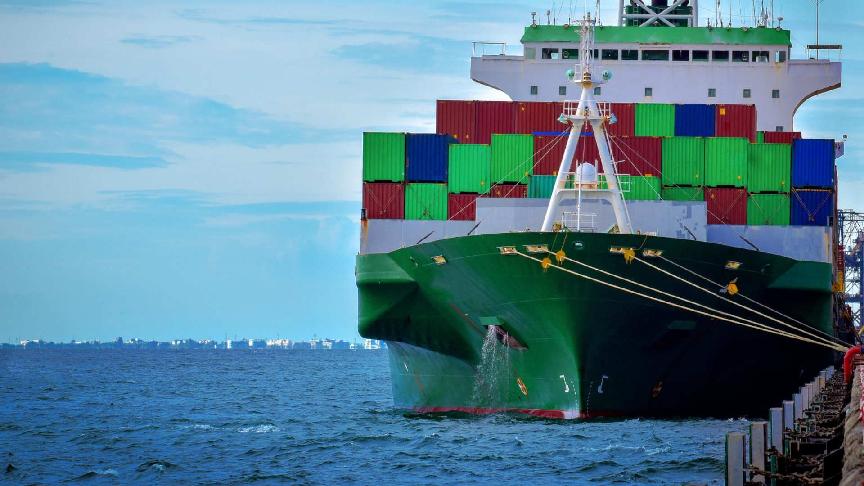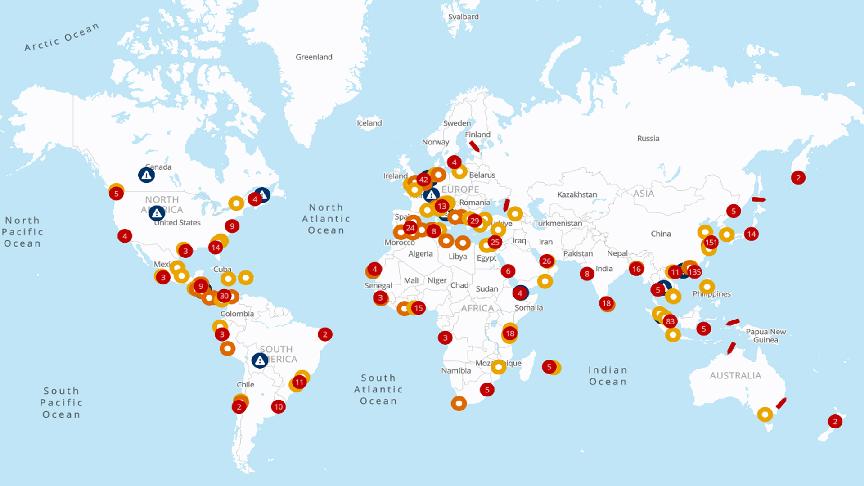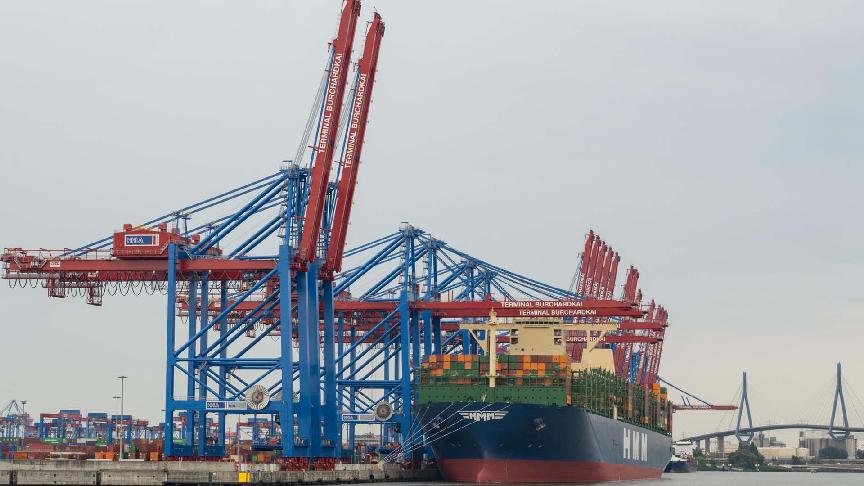by Mattia Micheli, SeaNewsEditor
The Egyptians and the Persians: the "ancient" canal
The idea of connecting the two seas is ancient: during the 12th Dynasty, Pharaoh Seanusert 3rd used a system of channels to create a direct passage between the Red Sea and the Nile River, facilitating commerce between the Mediterranean and India.
The canal was destroyed and rebuilt several times. It was finally abandoned in 760 AD when the Abbasid Caliph Abu Jafar El-Mansur ordered it filled with sand, erasing its memory for the next 1000 years.
The modern Suez Canal emerged from the French Expedition in Egypt (1798-1801), during which the scholars who followed Napoleon Bonaparte discovered ancient documents and reports related to a canal in the desert.
Twenty years later, Mohammad Ali Pasha opened a portion of the canal between El-Abbasa and El-Qassasin for irrigation.
Suez Canal: how it all began
The Canal's true birth occurred in 1854, the year of the “First Concession,” the agreement governing the joint establishment of the Canal.
Under this agreement, the Egyptian government, led by Mohamed Sa’id Pasha, permitted the digging of the Canal across Egypt to establish peaceful relations with Western powers in the Mediterranean region.
However, Western countries were allowed to participate in the Canal project, subject to three conditions. First, the land was only to be leased for nine years after its inauguration. Second, the Egyptian government would nominate the president of the company responsible for the Canal.
Third, the Egyptian government would receive 15% of annual profits during the first nine years, and when the contract ends, the waterway and all its facilities would be under Egyptian control.
Ferdinand de Lesseps, a French diplomat and an old friend of Mohamed Sa’id Pasha, was chosen as the Canal's director. The “Universal Company of the Maritime Canal of Suez,” with shareholders from Egypt, Russia, Prussia, Great Britain, and Austria, started drawing excavation projects.

Excavations start
Before excavations began, a “Second Concession” was negotiated, an integrative agreement containing 23 articles establishing the Suez Canal's neutral status.
Despite scepticism from countries like Great Britain and the Ottoman Empire, the first diggers started working on the morning of 25 April 1859. Three years later, they opened Lake Timsah, halfway between the two seas.
It took 3770 days (about 10 and a half years), until 18 August 1869, for the Canal to be fully connected.
The grand ceremony on 17 November 1869 marked the beginning of a new age for global trade, one that was farther and more efficient.
For that reason, the Red Sea Crisis, which began in December 2023, has underscored the Canal’s importance for worldwide trading interests. Without it, the journey could be over 30% longer for some routes.

The strategic importance of an alternative route, which avoids circumnavigating Africa, was demonstrated several times during the 20th Century.
The canal was the property of the Egyptian government, but European shareholders, mostly British and French, owned the concessionary company that operated it. In July 1956, President Gamal Abdel Nasser nationalised the Canal, leading to the Suez Crisis of October–November 1956.
Over time, the Canal played an important military strategic role as a naval shortcut and a chokepoint.
Navies in the Mediterranean Sea and the Red Sea are particularly interested in the Suez Canal. Egypt closed the canal on 5 June 1967, at the beginning of the Six-Day War, and it remained closed for eight years before reopening on 5 June 1975.
The Canal's economic value
One of the major events that validates how critical the Suez Canal is for the shipping industry is the Ever Given incident that occurred in March 2021. The 20,000 TEU containership ran aground in the Suez Canal and blocked vessel traffic for six days, causing the pileup of over 360 ships with nearly $9 billion worth of trade.

The Authority of the Suez Canal (ASC) estimates that between 2011 and 2020, 54,499 container vessels passed through the Canal, totalling an aggregate volume of 5,138,014 tonnes.
The Canal's significant commercial impact is why it has been nicknamed the “Eighth Wonder of the World” since it opened in the 19th Century. This seems more evident now, with the Houthi rebels threatening the South entrance of the Canal.
Revenue was 8,2 billion euros in 2022-2023, which, according to the Italian economic newspaper Il Sole 24 Ore, was 35% higher than the previous fiscal year's revenues.
Unfortunately, this revenue decreased in 2024 due to the Houthis attack, which caused vessel diversions in the Red Sea, resulting in 17% longer routes.






